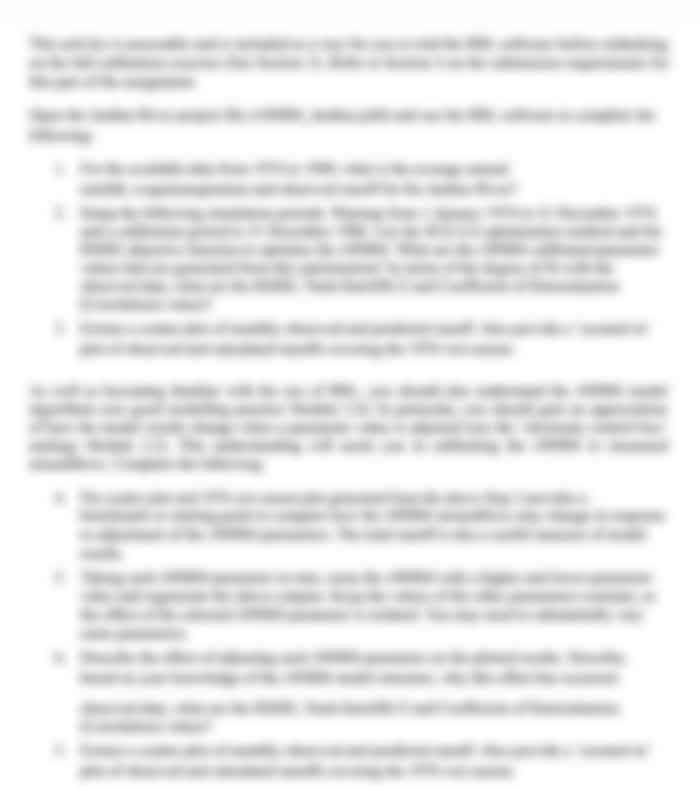Assignment on Silver Nanoparticles
Slide 2: Introduction
- ?Antibacterial activist of silvered nanoparticles (AgNPs) is significantly higher compared to others to guarantee it provides the needs demand of medicine and technologies (Yu et al., 2022).
- ?The present work intends to steps up the gel improvement of Alginate hydrogel by the incorporation of AgNPs and to find out the level/degree of antibacterial effectiveness imparted by the final hydrogel.
This research is important for developing advanced antimicrobial materials for effective wound healing, reducing infection risks, and addressing antibiotic-resistant bacteria. Its implications include improved patient outcomes and innovative medical treatments. This research has made preparation of AgNPs incorporated in the Alginate hydrogel with enhanced gelation rate and enhanced bioactivity against gram negative E. coli and gram-positive B. subtilis. The figure has described about different components of silver nano-particles.
Slide 3: Contd
- The given CMA is a biopolymer, which makes it favourable to capping AgNPs to boost the formation of gelation matrix.
- Some of the antibiotics synthesized from bacterial resources are as follows: It is mentioned that AgNPs are one of the bacterial agents having an overwhelming power to fight against bacteria (Noga et al., 2023).
The mixtures were stirred until a gel formed and the overall compositions has been formed. These gels were then also embedded in filter paper for any morphological assessment. Furthermore, the findings could lead to the creation of more effective wound dressings and medical implants, enhancing the overall quality of healthcare and infection management. The figure has described how to get root extract from AgNPs.
Slide 4: Aims and hypothesis
- The target of particular research was aimed at the preparation and identification of the characteristics of the AgNPs-Alg and their antibacterial activity against Gram-negative bacteria (Al-Radadi & Abu-Dief, 2022[ Al-Radadi, N. S., & Abu-Dief, A. M. (2022).
- As postulated in the study, the research conducted show that as concentration of AgNPs-Alg increased, gelation of AgNPs-Alg was higher and it had high antibacterial activity that harms the bacterial growth.
It can be concluded these aims of the study were achieved by synthesizing AgNPs-Alg hydrogel, altering the concentration of silver & calcium chloride and calculating the diameter of ZOI against bacterial strains. The figure has illustrated about the halogen action and silver cation.
Slide 5: Methodology
- Regarding preparation of AgNPs-Alg hydrogel, there are as follows which is Alginic acid solid, 1 gm was dissolved in 100 ml of distilled water (Wang et al., 2023).
- Colloidal water Sol. The sitting of silver was taken in the concentration of 1mg/ml and this of sodium alginate sol. then, the extract was introduced into it while stirring and vertexing the mixture for 30 seconds.
In the end, to a solution, the rate of gelation was enhanced differently by varying the proportion of concentrated calcium chloride solution (CaCl2). The schematic diagram showed that AgNPs-Alg hydrogel is prepared using pH adjustment. Alginic acid (1g in 100ml distilled water) was mixed with AgNPs (1mg/ml) while stirring and vortexing, followed by the addition of various CaCl2 concentrations to induce gelation. The antimicrobial efficacywas tested by adding the AgNPs-Alg solutions to agar plates inoculated with E. coli and Bacillus subtilis, incubating at 37C for 24 hours to measure the zone of inhibition.
Slide 6: Results and discussion
- ?It is ascertained from the study that the prepared AgNPs-Alg hydrogel possess bactericidal efficacy when the synthesised hydrogel interacts with diverse bacteria (Chen et al., 2021).
- ?The spot. Cr for E. coli was 17 3 while the zone of inhibition (ZOI) was 33 4.
The thickness of pores produced was 90 ?m for the hydrogel, 21 8. 4, 14, 25 and 12 mm for the negative control, 29. 75 2. 98 mm for AgNO3, 26. 75 2. 98 mm for AgNO3, 26. In the samples, it has been observed that the B.Subtillis is higher than the hydrogel amount.
Slide 7: Contd
- Since EDTA is a chelating agent, a quantitative assessment of its capability for sequestering Ag+ in mammalian cells can be made having the Relative intracellular concentrations of AgNO3 75 2. 36 mm for 0 (Zhang et al., 2021).
- For AgNPs, the media concentration was determined to be 5 mg/ml, while for AuNPs and PtNPs, it was 19. 25 2. 99 mm for 0. 3 mg/ml AgNPs.
- In the case of Bacillus subtilis, the ZOI was 56 units. 25 7. The p-values calculated for the zone of inhibition measurements were significant, indicating that the differences observed between the hydrogel and other samples were statistically meaningful. Specifically, the p-values were less than 0.05, supporting the hypothesis that AgNPs-Alg hydrogel exhibits enhanced antimicrobial activity compared to controls. Here, the figure has showed the composition of the chelating agent.
Slide 8: Potential application and innovation
- Given the findings, these implications could be beneficial in medical disciplines, particularly in wound healing.
- This research introduces a novel approach to working with Alginate as a biocompatible media for generating silver nanoparticles, improving the gelling characteristics, and enhancing the antimicrobial properties (Raus, Nawawi & Nasaruddin, 2021[ Raus, R. A., Nawawi, W. M. F. W., & Nasaruddin, R. R. (2021).
The AgNPs-Alg hydrogel, compared to other approaches presented in prior research, has demonstrated enhanced and prolonged release of antimicrobial substances, which may significantly lower the likelihood of antibiotic resistance development, thereby sparking new avenues of research and innovation in the field. The Cappped AgNPs has proteins, enzymes and amino acids compared to uncapped AgNPs.
Slide 9: Conclusion
- The morphological and functional characterization of the synthesized silver nanoparticles embedded in alginate hydrogel (AgNPs-Alg) revealed improved gel formation, biocidal property, and potential applicability in hyaline Cartilage tissue engineering.
- The growth of E. coli and Bacillus subtilis was inhibited when exposed to the hydrogel; hence, the hypothesis was valid as the inhibition zones of E. coli and Bacillus subtilis were 33 4. 90mm and 56. 25 7. 93mm, respectively, which was larger than those obtained by the control.
This research holds immense potential for application in medical and industrial areas, as AgNPs-Alg appears to be a highly efficient disinfectant against bacteria compared with other existing treatments, thereby addressing the pressing issue of antibiotic resistance and offering a promising solution for surface hygiene and bacterial infection control. Due to the increase in Nickel, the formulation has grown significantly.
Slide 10: Acknowledgments
We extend our heartfelt gratitude to our research team for their dedicated efforts and valuable contributions throughout this study. Special thanks to our peers for their support and insightful discussions. This research would not have been possible without the collaborative efforts of all involved.
Are you struggling to keep up with the demands of your academic journey? Don't worry, we've got your back!
Exam Question Bank is your trusted partner in achieving academic excellence for all kind of technical and non-technical subjects. Our comprehensive range of academic services is designed to cater to students at every level. Whether you're a high school student, a college undergraduate, or pursuing advanced studies, we have the expertise and resources to support you.
To connect with expert and ask your query click here Exam Question Bank

